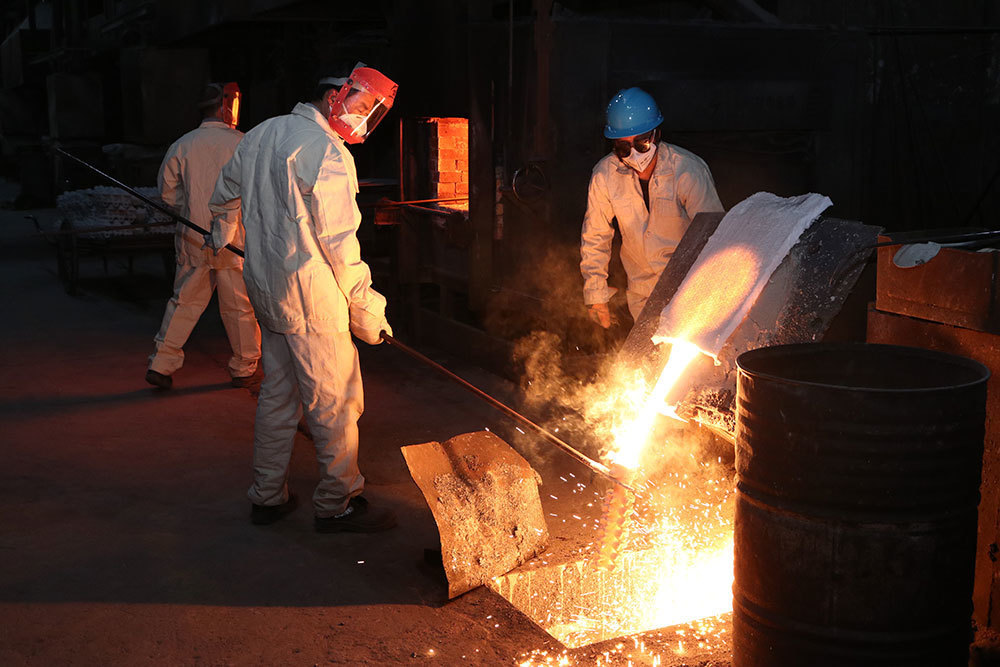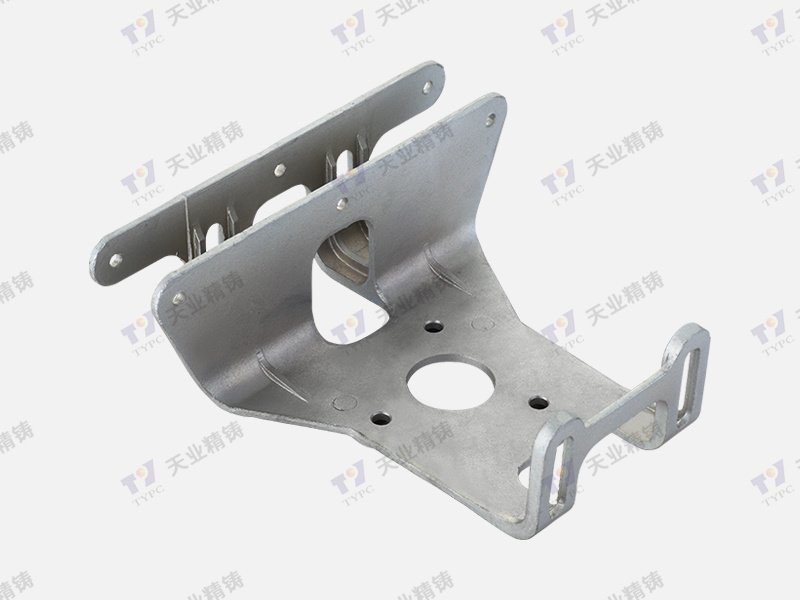2025-04-09
Maximizing Reliability with Advanced Stainless Steel Casting Methods
Maximizing Reliability with Advanced Stainless Steel Casting Methods
Table of Contents
- 1. Introduction to Stainless Steel Casting
- 2. Importance of Reliability in Industrial Components
- 3. Advanced Stainless Steel Casting Methods
- 3.1 Investment Casting: Precision and Quality
- 3.2 Sand Casting: Versatility and Cost-Effectiveness
- 3.3 Die Casting: Efficiency and Speed
- 4. Benefits of Advanced Casting Techniques
- 5. Quality Control Measures in Casting
- 6. Applications of Advanced Castings in Different Industries
- 7. Future Trends in Stainless Steel Casting
- 8. Conclusion
- 9. Frequently Asked Questions
1. Introduction to Stainless Steel Casting
Stainless steel casting has emerged as a crucial technology in the manufacturing sector, particularly for producing robust and corrosion-resistant components. This method combines technique and technology, ensuring that cast parts meet stringent quality and performance standards. In this article, we will delve into innovative stainless steel casting methods, emphasizing their role in enhancing reliability across various industries.
2. Importance of Reliability in Industrial Components
Reliability is paramount in the performance of industrial components. Equipment failures can lead to significant downtimes, safety issues, and financial losses. Industries ranging from aerospace to pharmaceuticals demand components that can withstand extreme conditions without compromising their integrity. By maximizing reliability through advanced stainless steel casting methods, manufacturers can ensure that their products not only meet but exceed market expectations.
3. Advanced Stainless Steel Casting Methods
Several casting methods have gained traction in the industry, each offering unique advantages. Understanding these methods allows businesses to choose the right one for their specific needs.
3.1 Investment Casting: Precision and Quality
Investment casting, also known as lost-wax casting, is renowned for its exceptional precision. This method involves creating a wax pattern that is coated in a ceramic shell. Once the shell is set, the wax is melted away, leaving a detailed mold for the molten stainless steel. The benefits of investment casting include:
- **High dimensional accuracy**: Ideal for complex geometries.
- **Smooth surface finishes**: Reduces the need for additional machining.
- **Material efficiency**: Minimizes waste by allowing for intricate designs.
3.2 Sand Casting: Versatility and Cost-Effectiveness
Sand casting is one of the oldest and most versatile casting methods. It utilizes sand as the primary mold material, offering flexibility in design and production. Key advantages include:
- **Cost-effective**: Suitable for low to medium production volumes.
- **Large part capability**: Can accommodate sizable components not possible with other methods.
- **Easy to modify patterns**: Allows changes in design without significant delays.
3.3 Die Casting: Efficiency and Speed
Die casting is a high-pressure casting method that provides rapid production rates. Particularly useful for high-volume applications, it offers several benefits:
- **Fast cycle times**: Reduces production lead times.
- **Consistent quality**: Ensures uniformity in every cast due to the controlled process.
- **Recyclable materials**: Supports sustainability initiatives by minimizing waste.
4. Benefits of Advanced Casting Techniques
Utilizing advanced stainless steel casting methods delivers numerous benefits that enhance reliability:
- **Enhanced mechanical properties**: Improved strength and durability.
- **Corrosion resistance**: Essential for components exposed to harsh environments.
- **Cost savings**: Reduced material waste and lower labor costs due to efficient processes.
- **Customization**: Ability to tailor components to specific industry needs and standards.
5. Quality Control Measures in Casting
Implementing stringent quality control measures is critical in ensuring the reliability of cast components. Key practices include:
- **Material Testing**: Assessing the chemical and mechanical properties of the stainless steel used.
- **Non-destructive Testing (NDT)**: Techniques such as ultrasonic testing and X-ray inspection to detect internal flaws without damaging the components.
- **Statistical Process Control (SPC)**: Monitoring production processes to maintain consistency and quality.
6. Applications of Advanced Castings in Different Industries
Advanced stainless steel casting methods find applications across numerous sectors:
- **Aerospace**: Components that endure extreme conditions, such as turbine blades and structural parts.
- **Automotive**: Engine components that require both strength and lightweight characteristics.
- **Pharmaceuticals**: Equipment needing to withstand corrosive substances while maintaining hygiene.
- **Oil and Gas**: Parts exposed to high pressures and corrosive environments, ensuring operational safety.
7. Future Trends in Stainless Steel Casting
The future of stainless steel casting is bright, with several trends shaping its evolution:
- **Additive Manufacturing Integration**: Combining traditional casting with 3D printing technologies to enhance design capabilities.
- **Smart Manufacturing**: Utilizing IoT and AI for real-time monitoring and predictive maintenance of casting processes.
- **Sustainability Initiatives**: Emphasizing eco-friendly practices, such as using recycled materials and reducing energy consumption during production.
8. Conclusion
Maximizing reliability in industrial components through advanced stainless steel casting methods is vital for meeting performance expectations in diverse industries. By understanding and leveraging the strengths of various casting techniques, manufacturers can produce high-quality, durable parts that withstand the rigors of their intended applications. As technology continues to evolve, embracing these advanced methods will undoubtedly lead to enhanced product reliability and industry leadership.
9. Frequently Asked Questions
What are the main advantages of stainless steel casting?
Stainless steel casting offers high corrosion resistance, excellent mechanical properties, and the ability to create complex shapes with precision.
How does investment casting differ from sand casting?
Investment casting provides higher precision and smoother finishes, while sand casting is more versatile and cost-effective, especially for larger parts.
What industries benefit most from stainless steel casting?
Industries such as aerospace, automotive, pharmaceuticals, and oil and gas significantly benefit from stainless steel casting due to the need for durable and reliable components.
What quality control measures are essential in casting?
Essential quality control measures include material testing, non-destructive testing, and statistical process control to ensure consistent quality.
What future trends should we expect in stainless steel casting?
Expect advancements in additive manufacturing integration, smart manufacturing solutions, and greater sustainability practices within the casting industry.









